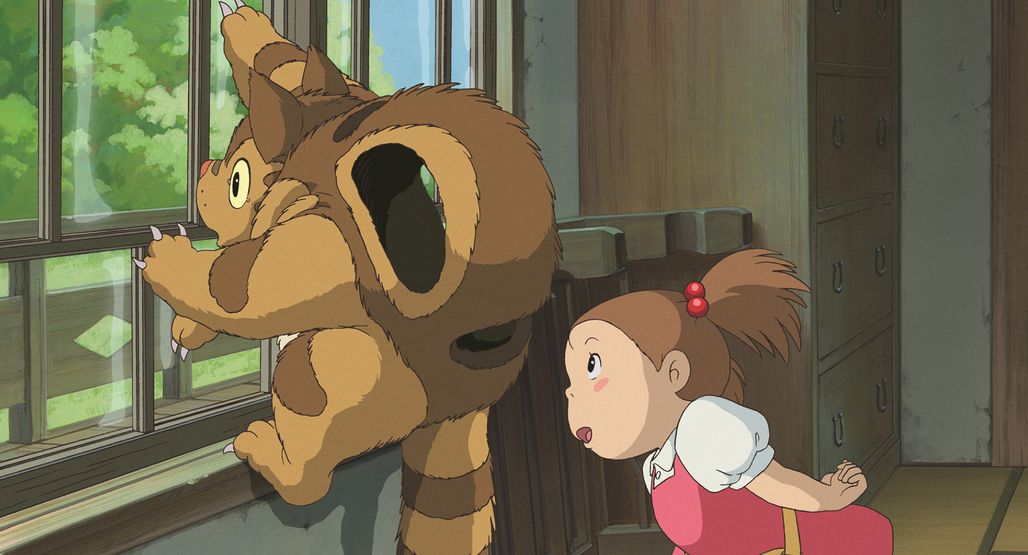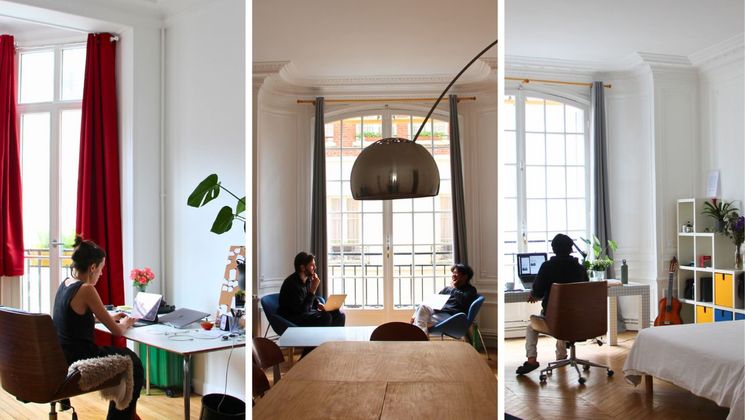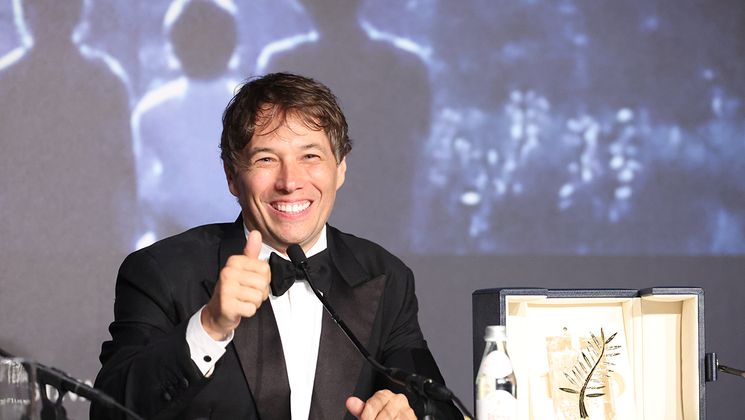
Cannes and cinema animation: a moving story

With six feature films adding a splash of colour to the Official Selection of this 77th edition, the world of animated films continues to put the Festival de Cannes at the heart of its story; and this year one of its most celebrated representatives was awarded a collective Honorary Palme d’Or.
The iconic characters and intricate and bewitching tales of Studio Ghibli from Japan need no introduction. It was founded in 1985 by the two greatest masters of Nippon Animation, Isao Takahata and Hayao Miyazaki, who have contributed a constellation of masterpieces to the cinema, such as Spirited Away (2001), and more recently The Boy and the Heron (2023).
The legendary studio, represented by the director Gorō Miyazaki, received a collective Palme d’or on the 20th of May before a Grand Théâtre Lumière packed with fans. As a gift in return, Gorō Miyazaki presented the audience with four short films by his father, three of which had never been shown outside of Japan until now: Mei and the Kittenbus, Looking for a Home, Mr Dough and the Egg Princess and Boro the Caterpillar.
Talented people at every stage of the production process and distinctive visions, supported by rich and unique graphic worlds: just like Studio Ghibli, the animation sector contains a huge pool of creative people. Over the years, some of them have enriched the story of the Festival de Cannes with films which have remained etched on our memories, whether they are drawn in a deliciously poetic or profoundly political style.
Festival-goers who were lucky enough to be present will remember, among others, memorable showings of Inside Out (Out of Competition, 2015) – the fabulous journey to the heart of human emotions by Pete Docter, produced by Pixar Studios from the US – and also, at Un Certain Regard, of La Tortue Rouge (The Red Turtle, 2016), the wonderful ecological tale by Michael Dudok de Wit , co-produced with Ghibli.
“Animation takes a really long time, during which you have to show great patience. I have a lot of respect for directors who decicate themselves to it over such long periods“, said Michel Hazanavicius, who created La Plus Précieuse des marchandises, (The Most Precious of Cargoes) presented in Compétition, which drew some of the biggest audiences among the French animated films of 2024.
The selection of animated films was completed this year by five other feature films: Silex and the City (Jul), Sauvages (Savages, Claude Barras), Angelo dans la forêt mystérieuse (In the Wonderwoods, Vincent Paronnaud and Alexis Ducord), Flow (Gints Zilbalodis) and Slocum et moi (Jean-François Laguionie) made their appearances either at the Palais des Festivals or on the beach.
Although animation hasn’t always been as well represented as it is this year, the Festival de Cannes explored the genre very early on, looking beyond children’s entertainment, to see it as a real means of artistic expression.
Walt Disney’s productions, in particular Dumbo the elephant, which won the Grand Prix in 1947, were the first to find a place at the heart of the Official Selection. Later, in 1953, Walt Disney himself supported Peter Pan on the Croisette, where two decades later, in 1973, René Laloux was awarded a Special Jury Prize for her first feature film: La Planète Sauvage.
Animation increased its presence at the Festival de Cannes from the 2000s onwards, with the selection in Competition of Shrek (2001), Shrek 2 (2004), Ghost in the Shell 2: Innocence (2004), Persepolis (2007), Waltz with Bashir (2008) and also Up, which opened Out of Competition in 2009. Since then, many other films have helped forge even closer links between animation and the Festival, among which Kirikou et les bêtes sauvages (Kirikou and the Wild Beasts, 2005), Le Sommet des Dieux (The Summit of the Gods, 2021), Elemental (2023), and also Robot Dreams have recently stood out.


